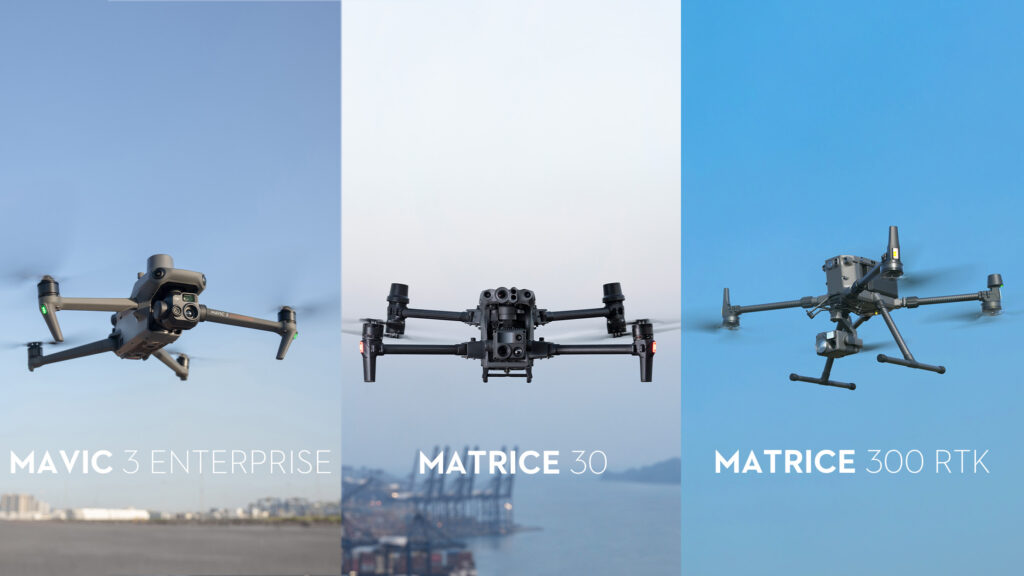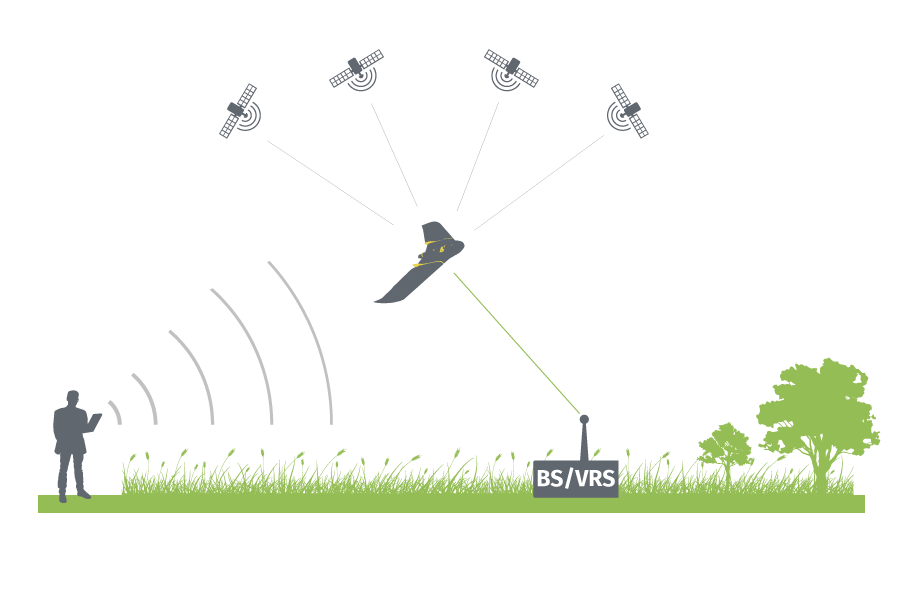Introduction
One of the most important aspects of keeping a society clean and functional is waste management. This can be a difficult chore as humankind produces more waste, but drones can assist. More businesses and governments are realizing the potential of drones for garbage management as this technology spreads.
Drone technology is revolutionizing industries and their established procedures. UAVs have once again demonstrated their promise in the waste management sector and have been shown to be the most affordable, useful, effective, and precise machinery. You can launch a drone programme on your landfill to provide accurate and real-time data of your landfill’s development and productivity with just a little bit of time spent perfecting drone piloting. You may expect high-quality work from the use of drones, as well as reduced operational risks and waste management costs. Transform your data into 3D models to examine your landfills in-depth and make wise decisions. Drones are not just promising for your trash management company; they are also promising for environmental safety.
How Does a Drone Works?
The UAVs have GPS units, cameras, and radiation detectors. Radiation readings and other pertinent data are synchronized with the precise GPS position once the UAV lifts up from the ground, delivered in real time to the pilot at the ground station, and stored onboard.
After landing, all the comprehensive data is retrieved, allowing for the reconstruction of the photographic and geographic data along with the updated radiation measurement data. Decision-makers are then given access to the satellite-like images and the radiation data measures for further action.
Waste Management in Malaysia

Since Malaysia produces more waste than it recycles, waste management there is a serious issue. Every day, Malaysia discards more than 30,000 tones of municipal solid waste (MSW), or 1.17 kg of waste per person. The largest contributor to MSW was food waste, which was followed by plastic, paper, mixed organics, wood, and other materials.
In Malaysia, trash disposal has increased gradually along with population development, and the majority of the waste is dumped in landfills. Malaysia now has 165 landfills, eight sanitary landfills, and three inert landfills for materials like sand and concrete, according to the National Solid Waste Department. If nothing is done to minimize garbage, no space would be available by 2050, according to local environmental experts.
Malaysia currently recycles at a rate of just about 31%, which is lower than that of its neighbors Singapore, Taiwan, Korea, and Thailand.
10 WAYS WASTE MANAGEMENT ORGANIZATIONS ARE USING DRONES
1. Cleaning Power Grids
Drones with flamethrowers are used by a Chinese power provider to clear power lines. Although the accumulation of trash on these wires could be hazardous, it can also be risky to climb a ladder to clean them manually. A faster and safer way to remove this dangerous trash is with drones. Flame thrower for power grids has adjustable direction sprinkler where there is no need to make any adjustment to the aircraft attitude, and the direction of the nozzle can be adjusted accurately to remove obstacles.
2. Collecting Trash
Countries have now implemented a sustainable means of collecting garbage from areas via drones as part of the drones’ waste management application. For instance, Spain uses drones to quickly and cheaply remove trash from beaches in order to safeguard marine biodiversity. When compared to drone technology, conventional garbage management methods are labor-intensive, ineffective, and considerably more expensive. In addition to this, UAVs can be used to monitor and examine places for any unauthorized factory waste disposal. These illegal actions can be recorded and used as proof against the perpetrators.
3. Monitoring Waste Treatment
Garbage management companies can go one step further with drone technology by monitoring and controlling the water quality and garbage with drones fitted with certain cameras. Since water is used extensively in many industrial processes, which results in significant wastewater production, businesses can enhance and use the most effective wastewater treatment techniques.
4. Enforcing Litter Laws
While picking up litter is beneficial, authorities also need to implement preventative measures to deter future littering. Some places utilize drones to monitor areas where littering occurs frequently to capture offenders in the act. These devices can deal with this problem, freeing up police officers to concentrate on other, more urgent issues.
5. Observing Protected Areas
Ensuring the security of protected environmental regions is one of the most important aspects of waste management. Drones are sometimes used to keep an eye on landfills and recycling facilities to make sure they don’t unintentionally contaminate the environment. These businesses can ensure the preservation of neighboring environments thanks to drones without ever leaving the office.
6. Combatting Illegal Industrial Waste
Drones can prevent other types of illegal waste in addition to litter. Industrial waste disposal is governed by law in most places, and some governments deploy drones to police these rules. Drones provide quick and practical tools to examine how businesses dispose of their waste so that authorities may effectively prevent illegal dumping.
7. Monitoring Methane Emissions
Some landfills employ drones to monitor their methane emissions since too much methane can harm the ecosystem. Since methane has no smell and no color, businesses may view it from a safe distance by using drones with thermal cameras.
8. Mapping Landfills
Companies must make sure they carefully plan the construction of a landfill to ensure that it doesn’t negatively impact the environment. A new waste management facility can be planned and organised more quickly thanks to drone mapping. Drones’ bird’s-eye perspective offers these companies perspectives they could not otherwise have.
9. Managing Cells
Individual cells are frequently overstuffed in landfills to maximize available capacity. They can more accurately calculate compaction rates with the aid of drones to decide how much to fill each cell. Without drones, this procedure may be inaccurate or lengthy.
10. Calculating Landfill Capacity
Cells at landfills occasionally need to be overfilled because laws mandate that rubbish be kept below a certain elevation. Landfill operators can use drones to help them choose which cells to fill without risking a collapse. Drones can move in any direction, thus they can provide businesses with precise 3D models to see this process in action.
Conclusion
Drone technology has given the diverse waste management sector a new prestige. Traditional surveying and inspection techniques have been reimagined by drones to bring about a more effective and cost-effective strategy for managing daily operations. No longer do waste management companies need someone with specialized knowledge and drone training. You might also get a certificate with the help of a straightforward drone operation course and lots of practice. Utilize current and accurate information to improve this procedure’s effectiveness and environmental friendliness.
References
How Drones are Helping with Waste Management




